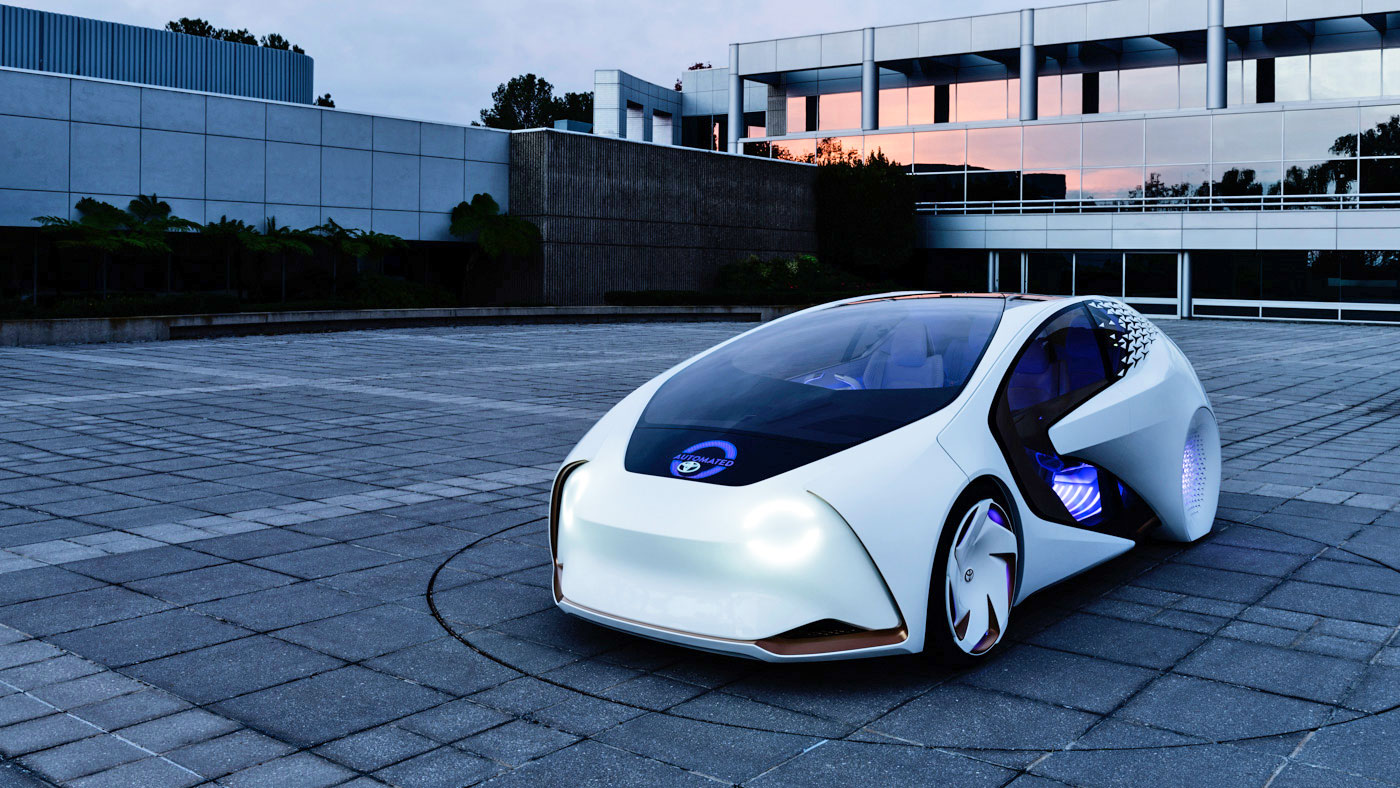
Toyota says that its Concept-I vehicle is focused on creating a welcoming experience that grows and learns about the driver. But it's also built to be driven. That's refreshing for people who actually enjoy being behind the wheel and might be concerned about the concept vehicles being shown off by other automakers that more focused on selfies than mountain roads.
Gallery: Toyota Concept-i | 12 Photos
 12
12



 +8
+8
That's not to say the Toyota isn't also being marketed to a generation with smartphones grafted to their hands. The Concept-i does indeed get a bit touchy feely. The automaker says that the automobile's AI will learn about the driver and build a meaningful relationship with them by measuring their emotions.
The AI assistant is called "Yui" and according to Toyota, the more you drive the smarter it gets about where you go, who you are and the situations in which the vehicle will need to take over from the driver.

Digital hugs aside, like nearly every concept car with glowing accents, the Concept-i is an EV that will eventually have autonomous features. But when the car is self-driving the steering will not recess into the dash so the driver can take over at any time.
Inside the car, the displays are hidden within the white panels and emerge when needed. The information that's displayed varies depending on the situation. Toyota would rather share data when it's appropriate rather than fill the car with a bunch of tablet-like displays.

It is refreshing to know that unlike other concept cars, the Concept-i will actually make its way onto the roads of Japan in a few years for "evaluation." Hopefully those tests will convince the automaker to bring the car to market in the United States, we could always use a sweet small car with gullwing doors.
Click here to catch up on the latest news from CES 2017.



 +8
+8